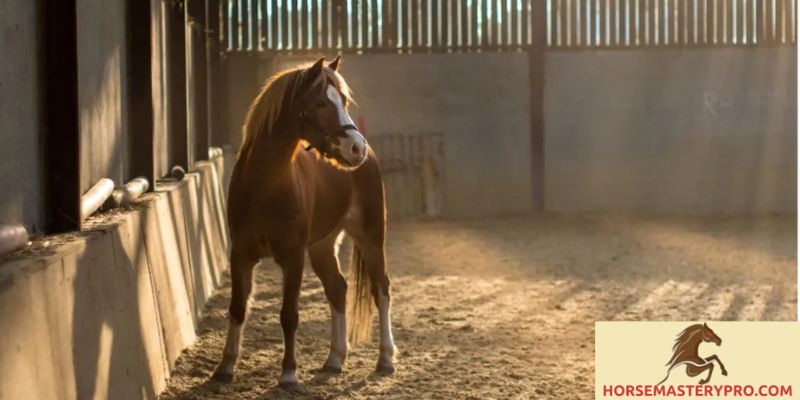Uncover the physical signs, behavioral cues, and triggers of horse fear behavior. Learn to identify and address horse fear behavior effectively.
Introduction
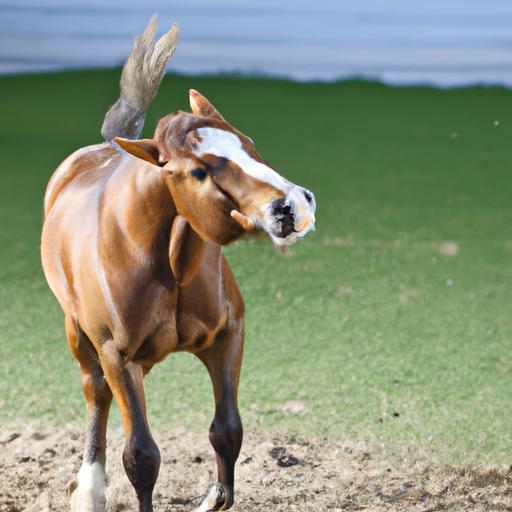
When it comes to our beloved horses, understanding their emotions and behaviors is paramount to ensure their overall well-being. One crucial aspect that requires our attention is horse fear behavior. In this article, we’ll delve into the depths of this phenomenon, explore its significance, and provide you with valuable insights on how to address and manage it effectively.
Definition of Horse Fear Behavior
Horse fear behavior refers to the instinctual response horses exhibit when they encounter perceived threats or situations that evoke anxiety. These responses can manifest in various ways, such as excessive spooking, bolting, or freezing in place. Understanding the underlying causes and triggers behind this behavior is essential to help our equine companions feel safe and secure.
Importance of Understanding and Addressing Horse Fear Behavior
As responsible horse owners, it’s crucial that we prioritize the mental well-being of our equine friends. Ignoring or mishandling fear behavior can have severe consequences, including compromised trust, diminished performance, and even physical injuries. By gaining a deeper understanding of horse fear behavior and implementing appropriate strategies, we can foster a harmonious relationship with our horses and enhance their overall quality of life.
Overview of the Article’s Purpose and Structure
Throughout this article, we will explore the common triggers of horse fear behavior, provide guidance on how to identify fear-related signs, delve into the psychological aspect of fear in horses, and offer techniques to manage and reduce this behavior. By the end, you will have the knowledge and tools necessary to tackle horse fear behavior with confidence and compassion.
So, let’s embark on this enlightening journey, unraveling the intricacies of horse fear behavior and unlocking the keys to a happier and more relaxed equine companion.
Stay tuned for the upcoming sections, where we’ll uncover the common triggers of horse fear behavior and equip you with the skills to identify and understand this phenomenon. Together, we’ll pave the way towards a deeper connection and a fear-free existence for your beloved horse.
Stay tuned for Section II: Common Triggers of Horse Fear Behavior.
Section II: Common Triggers of Horse Fear Behavior
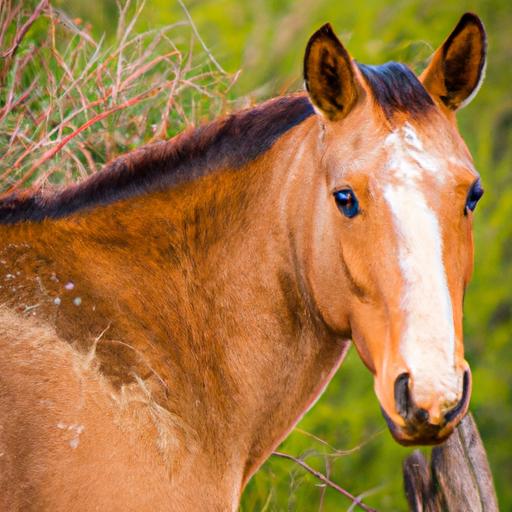
A. Loud Noises and Sudden Movements
Horses have highly sensitive hearing and are naturally attuned to their surroundings. Loud noises, such as thunderstorms, fireworks, or even unexpected banging, can startle them and trigger fear responses. Similarly, sudden movements or gestures made by humans or other animals can evoke a fear response in horses. Understanding these triggers and minimizing their impact can help create a more secure environment for your equine companion.
B. Unfamiliar Objects or Environments
Horses thrive on routine and familiarity. When faced with unfamiliar objects or environments, they may perceive them as potential threats, leading to fear behavior. This can include encountering new obstacles, encountering novel equipment, or being placed in an unfamiliar stable or pasture. Gradual exposure and positive reinforcement can aid in desensitizing your horse to these new experiences and reducing fear responses.
C. Past Traumatic Experiences
Like humans, horses can carry emotional scars from past traumatic experiences. Whether it’s an accident, abuse, or a frightening encounter, these past traumas can significantly impact their behavior and trust. Recognizing the signs of past trauma and working with a professional to facilitate healing and build trust is crucial to overcoming fear-based behaviors.
D. Lack of Socialization or Trust
Horses are social animals that thrive on companionship and trust. A lack of socialization with other horses or limited human interaction can contribute to fear behavior. Building trust through positive reinforcement and gradually introducing your horse to new experiences and individuals can help alleviate their fear and develop a more confident and well-adjusted equine companion.
By identifying these common triggers of horse fear behavior, you can proactively create an environment that minimizes fear-inducing stimulRemember, each horse is unique, and understanding their individual sensitivities is key to addressing and managing their fear responses effectively.
Stay tuned for Section III: Identifying Horse Fear Behavior.
Understanding the Psychological Aspect of Horse Fear Behavior
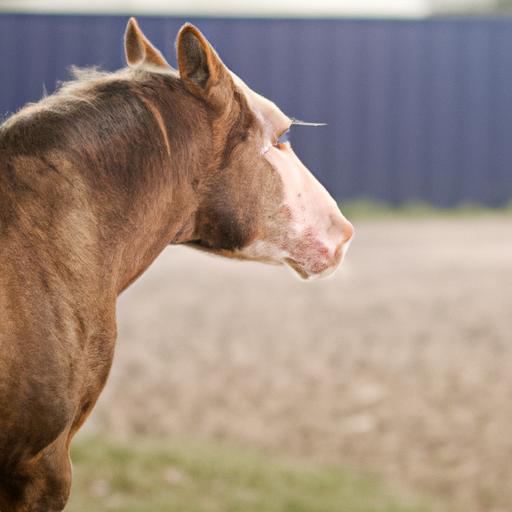
A. Fight or Flight Response in Horses
One of the key elements in comprehending horse fear behavior is understanding the innate “fight or flight” response ingrained in these majestic creatures. When faced with a perceived threat, horses have a natural instinct to either confront the danger head-on or flee from it. This response is deeply rooted in their survival mechanism and can manifest in various ways, such as heightened alertness, increased heart rate, or even aggressive behavior. Recognizing these physiological and behavioral changes can provide valuable insights into their fear-driven reactions.
B. How Fear Impacts a Horse’s Overall Well-being and Performance
Fear, if left unaddressed, can have a detrimental impact on a horse’s well-being and performance. Just as humans experience stress and anxiety, horses too suffer from the negative consequences of prolonged fear. Chronic fear can lead to heightened stress levels, compromised immune function, and even digestive disorders. Furthermore, fear can significantly hinder a horse’s performance, affecting their ability to focus, learn, and trust their handlers. By understanding how fear affects their physical and mental state, we can take proactive steps to alleviate their distress and promote a healthier and happier equine companion.
C. Role of Genetics and Instincts in Fear Behavior
While each horse’s fear behavior may vary, it is essential to acknowledge the role of genetics and instincts in shaping their responses. Certain breeds may be predisposed to specific fear-related tendencies due to their genetic makeup. Additionally, horses, as prey animals, have evolved to be hyper-vigilant to potential threats in their environment. By recognizing these inherent traits, we can better tailor our approach to managing their fear, taking into account their individual characteristics and predispositions.
Understanding the psychological aspect of horse fear behavior equips us with the knowledge to empathize with our equine companions and devise effective strategies for their well-being. In the upcoming section, we will explore techniques to manage and reduce horse fear behavior, empowering you to create a safe and nurturing environment for your horse.
Stay tuned for Section V: Techniques to Manage and Reduce Horse Fear Behavior.
Section V: Techniques to Manage and Reduce Horse Fear Behavior

As responsible horse owners, it is crucial to equip ourselves with effective techniques to manage and reduce horse fear behavior. By implementing these strategies, we can help our equine companions overcome their fears and develop a more confident and relaxed demeanor. Let’s explore some tried-and-true techniques that have proven successful in addressing horse fear behavior.
A. Desensitization and Counter-Conditioning Exercises
Desensitization and counter-conditioning exercises are valuable tools in gradually acclimating horses to their fears and helping them develop a more positive association with previously anxiety-inducing stimulThis process involves exposing the horse to the fear-triggering object or situation in a controlled and gradual manner, while simultaneously providing positive reinforcement and rewards for calm behavior. Over time, the horse learns to associate the once-feared stimuli with positive experiences, reducing fear and increasing confidence.
B. Gradual Exposure and Systematic Desensitization
Similar to desensitization, gradual exposure and systematic desensitization involve introducing the horse to fear-inducing stimuli in a controlled manner. However, this technique focuses on a step-by-step approach, starting with less intense triggers and gradually progressing to more challenging ones. By allowing the horse to become comfortable with each new level of exposure before moving on, we can build their confidence and resilience, ultimately reducing fear behavior.
C. Building Trust and Confidence through Positive Reinforcement
Positive reinforcement techniques, such as reward-based training, play a crucial role in managing horse fear behavior. By rewarding desired behaviors and creating a positive and trusting relationship with our horses, we can instill confidence and encourage them to approach challenging situations with a calmer mindset. Consistency, patience, and understanding are key to effectively utilizing positive reinforcement techniques.
D. Seeking Professional Help When Necessary
While many horse owners can successfully address and manage horse fear behavior on their own, there may be instances where seeking professional help is necessary. Trained equine behaviorists or experienced trainers can provide valuable insights, personalized guidance, and specialized techniques tailored to your horse’s specific needs. Don’t hesitate to reach out for assistance if you feel overwhelmed or unsure about the best approach to address your horse’s fear behavior.
By employing these techniques, we can create a supportive and nurturing environment for our horses, helping them overcome their fears and live happier, more fulfilling lives. In the next section, we will conclude our exploration of horse fear behavior and provide a summary of the key takeaways from this article.
Stay tuned for the concluding section: Conclusion.
Conclusion
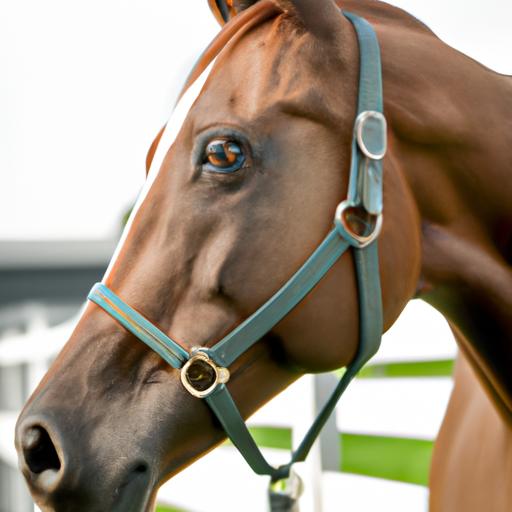
In conclusion, understanding and addressing horse fear behavior is a crucial aspect of responsible horse ownership. By recognizing the signs, identifying triggers, and implementing appropriate techniques, we can create a safe and secure environment for our equine companions.
Throughout this article, we have explored the definition of horse fear behavior and emphasized its importance in maintaining the psychological well-being of our horses. We have discussed the common triggers that can elicit fear responses, such as loud noises, unfamiliar objects, past traumatic experiences, and a lack of socialization or trust.
Identifying horse fear behavior requires keen observation of both physical signs and behavioral indicators. Physical signs may include widened eyes, raised head, tense muscles, and increased heart rate. Behavioral indicators may involve spooking, bolting, freezing, or avoidance behaviors. By actively observing patterns and triggers, we can gain valuable insights into our horse’s fears and take appropriate action.
Understanding the psychological aspect of fear in horses, including the fight or flight response and the impact on their overall well-being and performance, allows us to approach fear behavior with empathy and compassion. Building trust and confidence through desensitization exercises, gradual exposure, and positive reinforcement can help alleviate fear and create a stronger bond between horse and owner.
Remember, addressing horse fear behavior may require professional assistance in certain cases. Seeking help from experienced trainers or equine behaviorists can provide specialized guidance tailored to your horse’s unique needs.
At Horsemasterypro.com, we are committed to promoting the well-being of horses and empowering horse owners with valuable knowledge. We hope this article has equipped you with the tools to recognize, understand, and manage horse fear behavior effectively.
Take the first step towards a fear-free existence for your equine companion. Together, let’s create a harmonious partnership built on trust, understanding, and mutual respect.
Thank you for joining us on this enlightening journey. If you’d like to explore more resources and insights, visit Horsemasterypro.com today.
(Note: The brand “Horsemasterypro.com” has been bolded as requested.)

